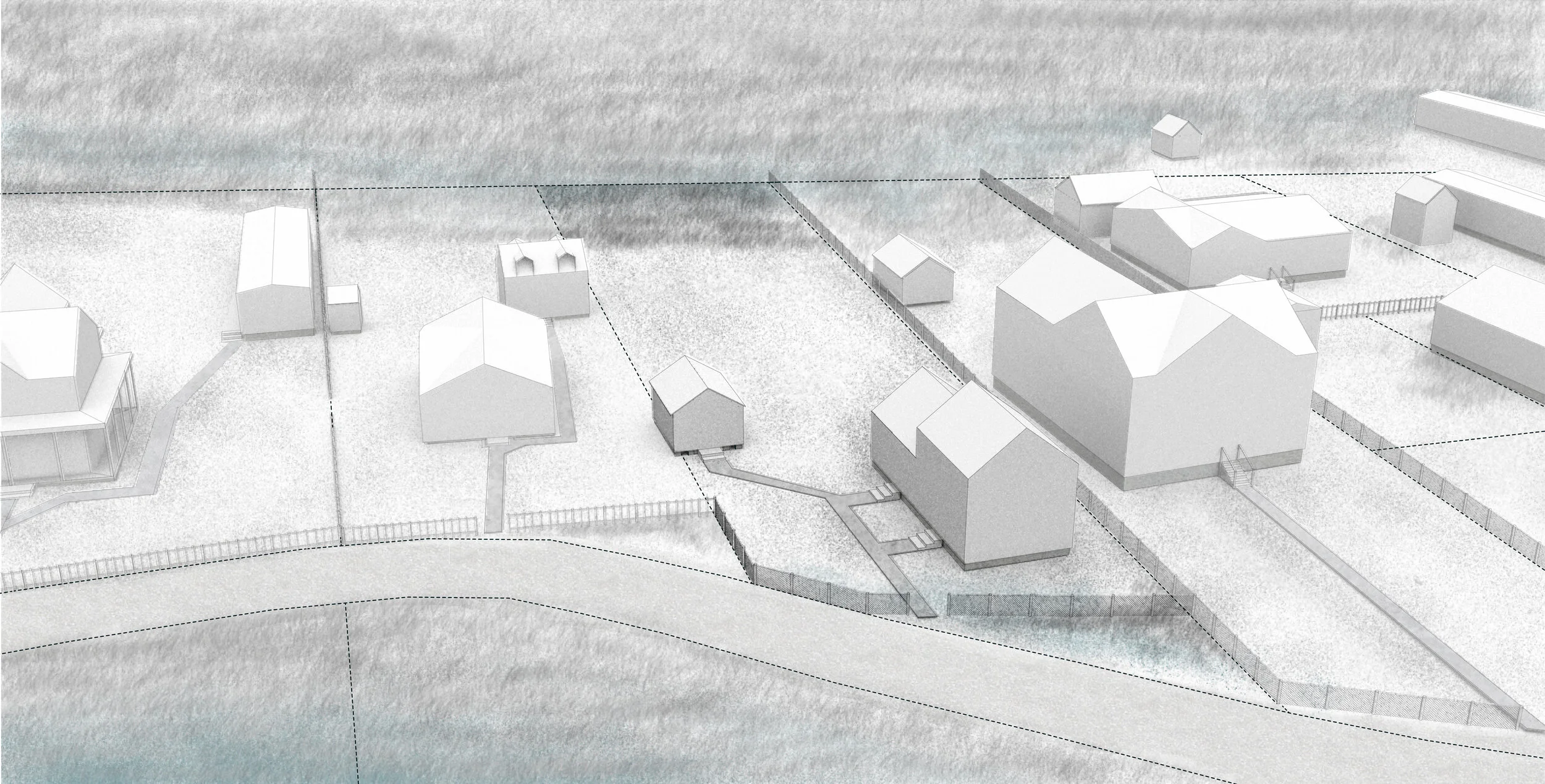Future Histories Disappeared GroundS
Tangier Island, Virginia
Private and individual land ownership is rooted in the foundation of American identity and has played a critical role in shaping and defining the American landscape. Walled, fenced, marked, and measured, the American landscape has been commodified. However, this notion of land as property is dependent on its relative stability, a quality which climate change and sea level rise are actively eroding. For many coastal communities, as land disappears, the only formal record of this once-inhabited ground will be the legal record—the property deed—the inherently American document which transforms ground into an object of trade and consumption.
This thesis documents how residents of Tangier Island, Virginia, one of the last inhabited islands in the Chesapeake Bay, translate and inscribe legal boundaries on the rapidly eroding land and how they use this practice as a way of continually defining what land is. With the reluctant understanding that Tangier will likely disappear in the coming century, residents have actively historicized their community, collecting historical narratives, photographs, and documents related to the island. In 2015, Tangier was recognized as a National Historic District and added to the National Register of Historic Places. The designation prompted the evaluation and documentation of the island’s resources, however, the evaluation cataloged property elements such as homes, churches, and trailers, and failed to consider one of the most important practices on the island, how, beyond these structures, residents claim the land as property, defining it as ground. Using chain link, wood, rope, cinder blocks, trees, shrubs, or lawn, residents inscribe the boundaries of their property, defining their semi-aqueous land as ground. Core to this project is the question of how do we, using the material language of place, memorialize the seemingly banal but significant boundary-defining landscape practices which speak to a foundational American ideal of land as property?
Advised by Gary Hilderbrand
More Content Coming Soon
















